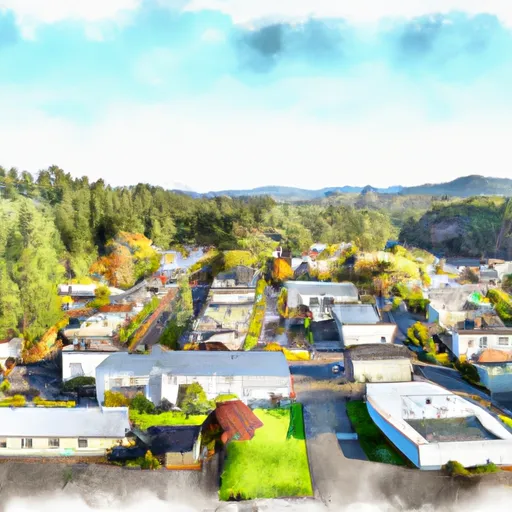°F
°F
mph
Windspeed
%
Humidity











Myrtle Creek, Oregon is a charming city located in the southern part of the state. It experiences a mild climate with warm summers and cool winters. Average temperatures range from 45°F (7°C) in winter to 90°F (32°C) in summer, making it an ideal place for outdoor activities year-round.
The city is situated near the South Umpqua River, which offers numerous hydrology constituents for residents and visitors to enjoy. Fishing enthusiasts can try their luck with various fish species, including salmon and steelhead. The river is also popular for kayaking, swimming, and rafting during the warmer months.
In addition to the South Umpqua River, Myrtle Creek is surrounded by breathtaking natural landscapes, including lush forests, hiking trails, and beautiful waterfalls. The nearby Umpqua National Forest provides opportunities for camping, hiking, and wildlife viewing. Diamond Lake, located about an hour away, offers fishing, boating, and camping opportunities.
With its favorable climate, scenic surroundings, and diverse recreational activities, Myrtle Creek provides an excellent destination for nature lovers and outdoor enthusiasts seeking adventure and tranquility in the heart of Oregon.
Weather Forecast
Myrtle-Creek receives approximately 1001mm of rain per year, with humidity levels near 80% and air temperatures averaging around 12°C. Myrtle-Creek has a plant hardyness factor of 8, meaning plants and agriculture in this region tend to thrive here all year round.
Regional Streamflow Levels
17
Cubic Feet Per Second
118
Cubic Feet Per Second
2,510
Cubic Feet Per Second
909
Cubic Feet Per Second
Nearby Camping
| Camping Area | Reservations | Toilets | Showers |
|---|---|---|---|
| Millsite Municipal Park | |||
| Wolf Creek County Park | |||
| Whistlers Bend County Park | |||
| Chief Miwaleta | |||
| Amacher Park | |||
| Douglas County Fairgrounds RV Park |



